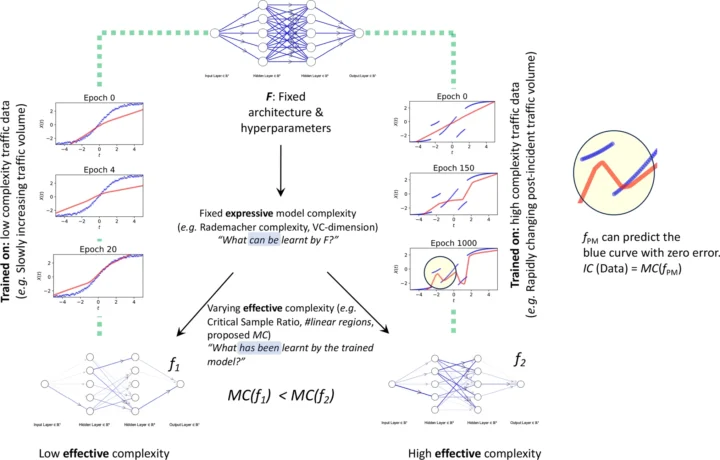Our new paper, “Quantifying the Impacts of Non-Recurrent Congestion on Workplace EV Charging Infrastructures”, is now published in Transportation Research Part D: Transport and Environment (Vol. 138, 2025). The study addresses a critical but overlooked issue: how unexpected traffic accidents and congestion ripple into EV workplace charging systems that rely on smart-charging and solar integration.
Motivation: Workplace EV charging is expected to play a major role in absorbing surplus midday solar energy. Smart-charging algorithms are typically optimised using historical travel patterns, but unexpected congestion can cause many EVs to arrive simultaneously once traffic clears. These concurrent arrivals create demand surges, raising operating costs and reducing trust in EV charging infrastructure.
Contribution: We develop a co-simulation framework that couples a scalable traffic simulator (Cell Transmission Model, CTM) with a high-fidelity EV charging simulator (ACN-Sim). The integrated pipeline:
Results & Policy Insights: Using Minneapolis as a case study, we find that non-recurrent congestion can increase Time-Of-Use (TOU) costs by up to 27%. However, access to timely accident information reduces these surprise costs by more than 50%, showing the value of integrating traffic data into charging operations.
Policy recommendations include: Installing slightly higher charging capacity (10–15% above historical demand), deploying faster Level 2 chargers for greater robustness, and co-optimising charging with building loads to reduce surprise costs. Investing in early-warning systems for traffic accidents incorporating and real-time traffic information utility coordination could also significantly reduce the risk propagation from the transpiration layer to the power system.
👉 Check out the open-source code and data on GitHub.

